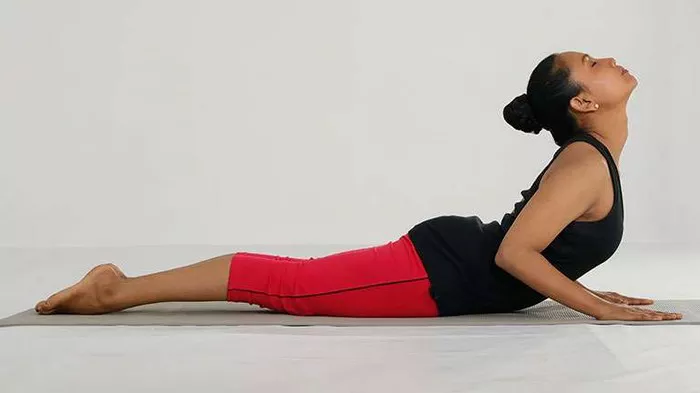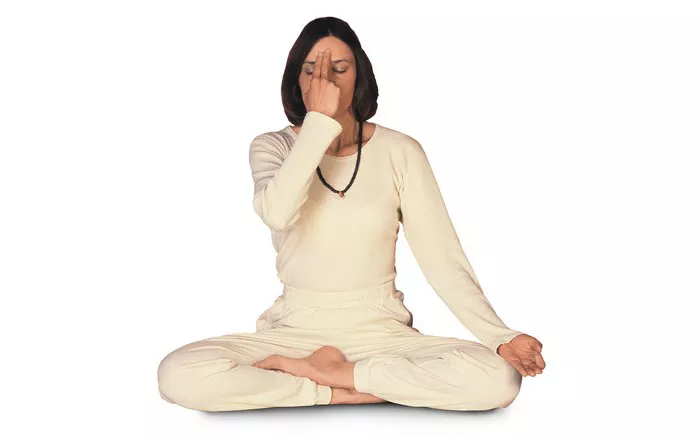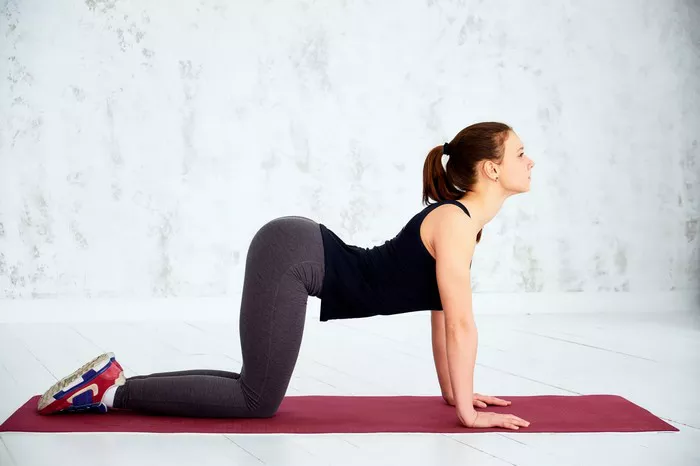Cycling is a demanding sport that requires not only cardiovascular endurance but also muscular strength, flexibility, and mental focus. As cyclists seek ways to enhance their performance and recovery, many have turned to yoga as a complementary practice. This article explores the various benefits yoga offers to cyclists, examining how it can improve physical capabilities, prevent injuries, and foster mental resilience.
Physical Benefits of Yoga for Cyclists
1. Enhanced Flexibility and Range of Motion
Cycling predominantly uses certain muscle groups, particularly the quadriceps, hamstrings, glutes, and calves. Over time, this repetitive motion can lead to tightness and reduced flexibility. Yoga helps by incorporating stretches and poses that target these muscle groups, promoting greater flexibility and range of motion. Key poses such as Downward Dog, Pigeon Pose, and Cobra can help elongate the spine, open the hips, and stretch the legs, which are crucial areas for cyclists.
2. Improved Core Strength
A strong core is vital for maintaining proper posture and stability on the bike. Yoga poses like Plank, Boat Pose, and Warrior III engage the core muscles, building strength and endurance. A robust core supports better alignment and reduces the strain on the lower back during long rides, enhancing overall cycling performance.
3. Enhanced Balance and Coordination
Yoga emphasizes body awareness and balance, skills that are directly transferable to cycling. Through various balance poses such as Tree Pose and Half Moon Pose, cyclists can develop better equilibrium and proprioception. Improved balance helps cyclists navigate turns, maintain stability on uneven terrain, and reduces the risk of falls.
4. Increased Muscle Strength and Endurance
While cycling builds lower body strength, yoga offers a full-body workout that strengthens not only the legs but also the upper body and core. Poses like Chair Pose, Warrior series, and Bridge Pose work on the lower body, while poses like Downward Dog, Plank, and Chaturanga strengthen the upper body and core. This balanced muscular development supports overall cycling efficiency and power.
5. Injury Prevention
One of the primary reasons cyclists incorporate yoga into their routines is injury prevention. Yoga helps to identify and address muscular imbalances and weaknesses that could lead to injuries. Regular practice can enhance joint stability and flexibility, reducing the likelihood of strains, sprains, and overuse injuries. Furthermore, the mindful approach of yoga encourages listening to the body and recognizing early signs of discomfort or potential injury.
Mental Benefits of Yoga for Cyclists
1. Stress Reduction and Mental Clarity
Cycling, especially at competitive levels, can be mentally taxing. The practice of yoga involves deep breathing exercises and meditation, which are effective in reducing stress and anxiety. Techniques such as Pranayama (breath control) and guided meditation help calm the mind, improve focus, and enhance mental clarity. This mental fortitude is crucial during long rides and races, where maintaining concentration and composure can make a significant difference.
2. Enhanced Mind-Body Connection
Yoga fosters a deeper connection between the mind and body. This heightened awareness can improve a cyclist’s ability to tune into their physical sensations, adjust their posture, and optimize their breathing patterns while riding. The mindfulness developed through yoga practice enables cyclists to better manage their energy levels and remain present during intense efforts.
3. Improved Recovery and Sleep Quality
The relaxation techniques in yoga, such as Savasana (Corpse Pose) and Yoga Nidra (yogic sleep), are highly beneficial for recovery. These practices promote deep relaxation, aiding in muscle recovery and reducing the effects of fatigue. Additionally, yoga has been shown to improve sleep quality, which is essential for recovery and performance. Cyclists who incorporate yoga into their routines often report feeling more refreshed and ready for their next ride.
Integrating Yoga into a Cycling Routine
To reap the benefits of yoga, cyclists can integrate it into their training routines in various ways. Here are some practical tips:
1. Start with Short Sessions
Beginners can start with short yoga sessions of 15-20 minutes, focusing on basic poses that target the major muscle groups used in cycling. As familiarity with the practice grows, sessions can be extended.
2. Focus on Specific Areas
Cyclists should concentrate on poses that address their specific needs. For example, hip openers and hamstring stretches are particularly beneficial for those who experience tightness in these areas. Incorporating poses that stretch the chest and shoulders can also counteract the forward-leaning posture of cycling.
3. Incorporate Restorative Yoga
Restorative yoga involves gentle, supported poses that promote deep relaxation. These sessions can be particularly beneficial after long rides or intense training sessions to aid in recovery and reduce muscle soreness.
4. Use Yoga as a Warm-Up or Cool-Down
Yoga can be used as part of a warm-up routine to increase blood flow and prepare the muscles for activity. Similarly, post-ride yoga can help cool down the body, stretch out tight muscles, and kickstart the recovery process.
5. Attend Yoga Classes or Use Online Resources
Joining a yoga class, either in-person or online, can provide structure and guidance. Instructors can offer modifications for poses and ensure correct alignment, reducing the risk of injury. There are also numerous online resources, including videos and apps, tailored specifically for athletes and cyclists.
Conclusion
Yoga is an excellent complement to cycling, offering a myriad of physical and mental benefits. Enhanced flexibility, core strength, balance, and injury prevention are just a few of the advantages that yoga brings to cyclists. Furthermore, the stress reduction, mental clarity, and improved recovery associated with yoga contribute to overall well-being and performance on the bike. By integrating yoga into their training routines, cyclists can achieve a more balanced and holistic approach to their sport, leading to better performance and a healthier, more sustainable cycling experience.
In conclusion, the synergy between yoga and cycling is undeniable. Whether you’re a competitive cyclist looking to enhance your performance or a recreational rider seeking to improve your overall fitness, yoga offers a valuable practice that can transform your cycling journey. Embrace the mat and the bike, and experience the harmonious benefits of combining these two disciplines.























